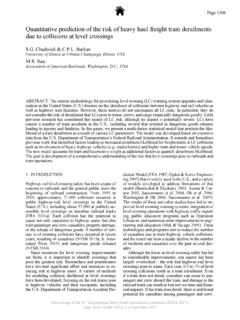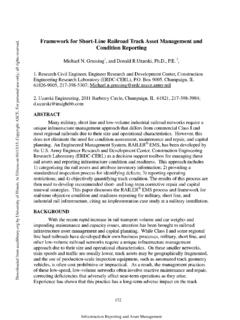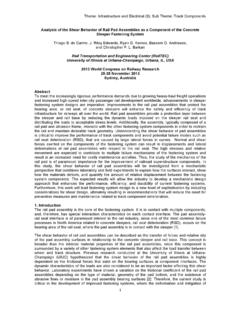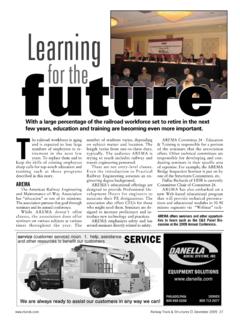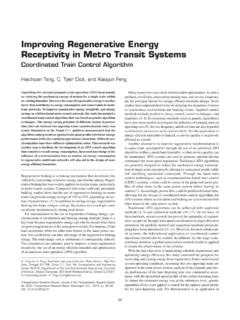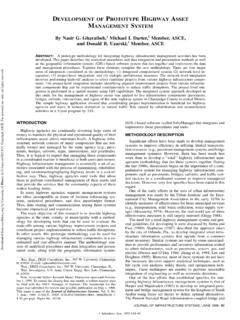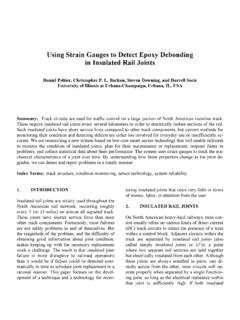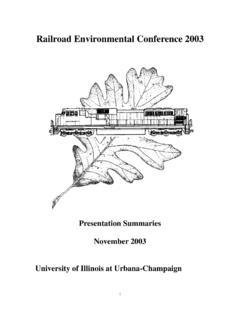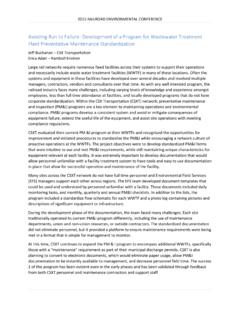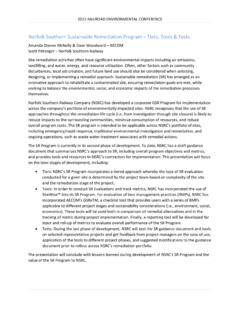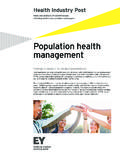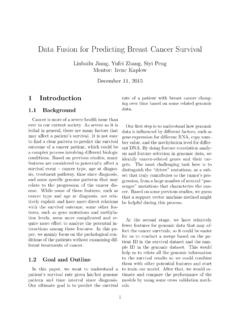Transcription of Analyzing the Progression From Single to Double …
1 1 Copyright 2013 by ASME JRC2013-2446 Analyzing THE Progression FROM Single TO Double TRACK NETWORKS Samuel L. Sogin University of Illinois Urbana, IL, USA C. Tyler Dick PE University of Illinois Urbana, IL, USA Yung-Cheng Lai. PhD National Taiwan University Taipei, Taiwan Christopher Barkan. PhD University of Illinois Urbana, IL, USA ABSTRACT Long term demand for rail transportation in North America is projected to increase considerably in the coming decades. A significant portion of the routes in the United States are Single track with passing sidings.
2 Eventually, the second mainline track will become necessary to maintain network fluidity. However, the full funding for the second track may not be available all at once; subsequently the track can be phased in over time creating a hybrid track configuration. Depending upon the traffic characteristics, traffic will transition from a delay characteristic of Single track to a delay characteristic of Double track. A response surface model was developed that tested various factors including the amount of second main track added, traffic volume, traffic composition, and the speed differential between train types.
3 Design of experiments software (JMP) was used in conjunction with railway simulation software (Rail Traffic Controller) to conduct the analysis. The benefit of full Double track can be realized for high priority trains with partial Double -track. However, the low priority traffic may not experience Double -track-like performance until nearly the entire second mainline track is installed. The results suggest a linear relationship between miles of second mainline track added and reduction in train delay.
4 The maximum speed of the freight train has a great impact on train delays in a congested network. These results further the understandings of key mainline interactions between passenger and freight trains. In addition the models presented will facilitate the development of an optimal incremental upgrade model for capacity expansion. Also, the methodology presented can be adopted to analyze the Progression from Double to triple track. INTRODUCTION Most of the railway traffic in the United States operates on routes that feature Single track with passing sidings.
5 Roughly 37% of mainlines with 10 million gross tons or more are multiple-mainline-track territory [1]. With simultaneous increasing demands for freight and passenger rail service, many of these Single -track lines may need to be upgraded. Some intermediate upgrade solutions include extending sidings to accommodate longer trains as well as adding additional sidings near the midpoints of long Single -track sections. After these intermediate solutions are implemented, Double track may become necessary in order to handle the additional traffic.
6 This second mainline track can be phased in over time to improve capacity with the amount of Double track installed matched to the expected increases in rail traffic. These intermediate phases may have characteristics of both Single and Double track operations and will be referred to as hybrid track configurations. The subsequent analysis will focus on the capacity benefits of a Single -track route as it transitions into a full Two-Main Track route.
7 There are many factors that may determine how trains perform over a railway network. Railway simulation software continues to grow in sophistication in order to better emulate operations. The purpose of this study is to focus on a subset of these factors to determine key fundamental relationships that can further the understanding of railway performance. The results presented in this paper are not intended to represent absolute predictive measurements for a particular set of conditions.
8 Rather, they are meant to illustrate comparative effects under different conditions. Background To investigate the properties of hybrid track configurations, design of experiments (DOE) software is used to create a subset of hybrid track scenarios. Rail Traffic Controller (RTC) simulates these scenarios and multivariate regression techniques are used to quantify main and interaction effects. Previous research has shown that Double and Single track railway lines behave differently.
9 Single -track railways operate at a significantly lower capacity than Double -track railway lines. The primary reason for this reduction in capacity is due to trains from opposite directions having to alternate use of Single -track-bottleneck sections. On Double track mainlines, the Proceedings of the 2013 Joint Rail Conference JRC2013 April 15-18, 2013, Knoxville, Tennessee, USA Downloaded From: on 01/20/2015 Terms of Use: 2 Copyright 2013 by ASME theoretical capacity is likely related to the following distance between trains moving in the same direction.
10 The theoretical capacity of Double track is decreased if there are speed differentials, overtakes, or traffic traveling against the current on the track used to move traffic in the opposite direction [2 4]. Previous studies on Single track determined that adding a high priority train to a freight network will increase average train delays more so than simply adding another freight train [5], [6]. The speed of the high priority train showed very small correlations between train delay and maximum train speed.
